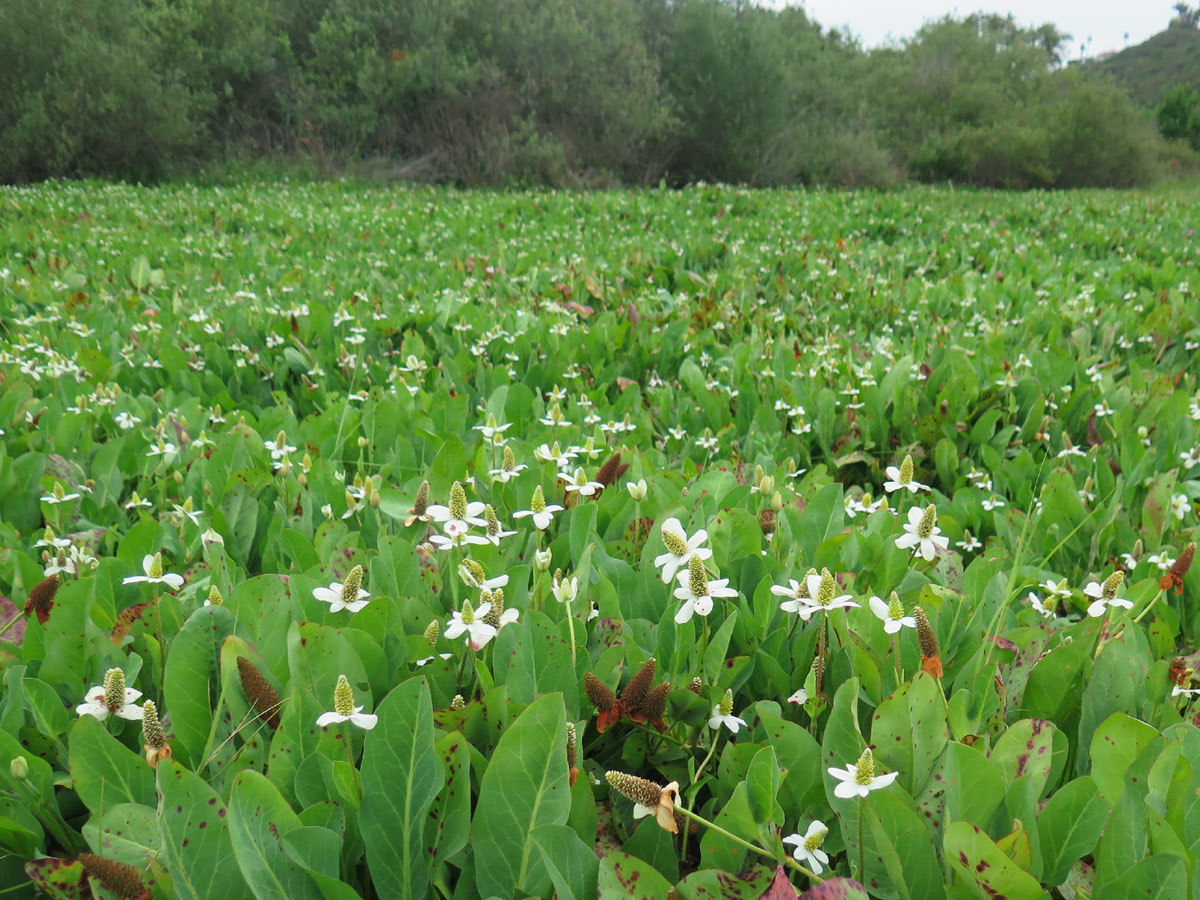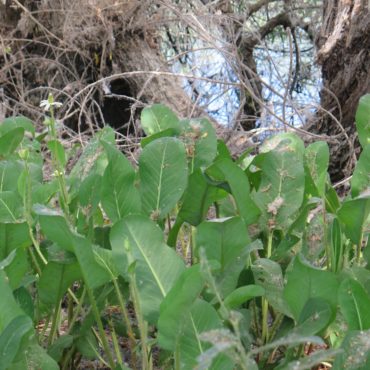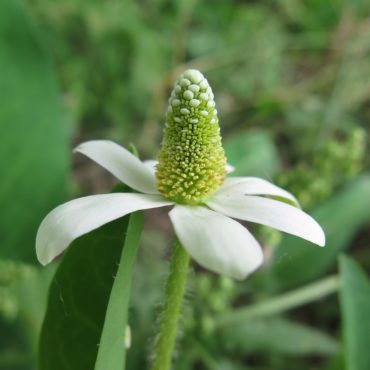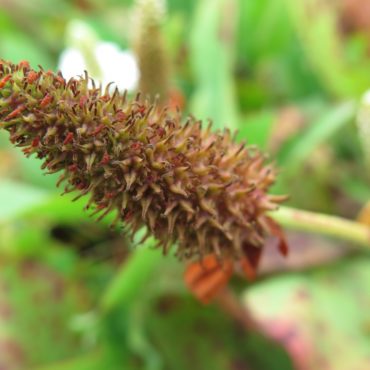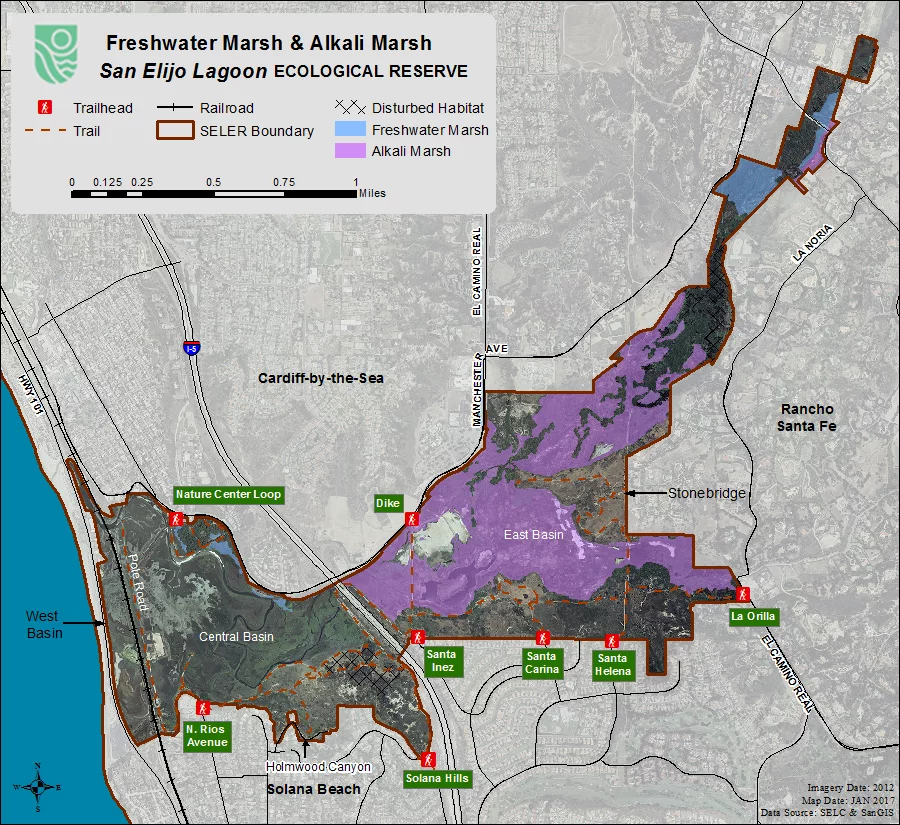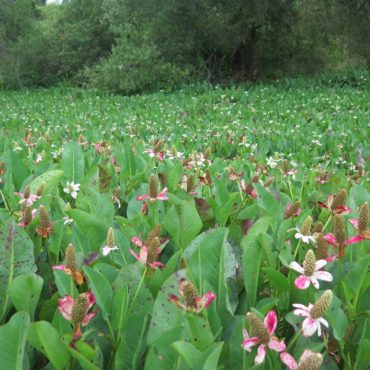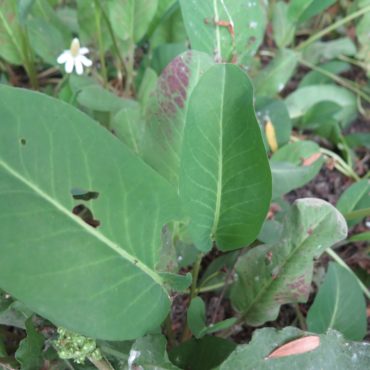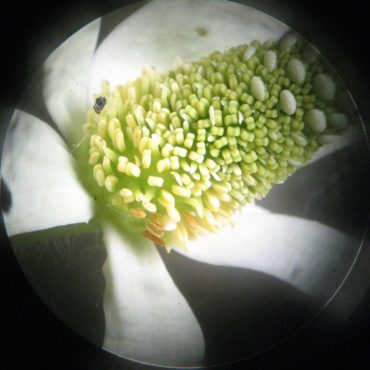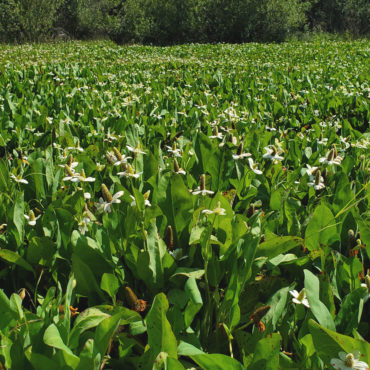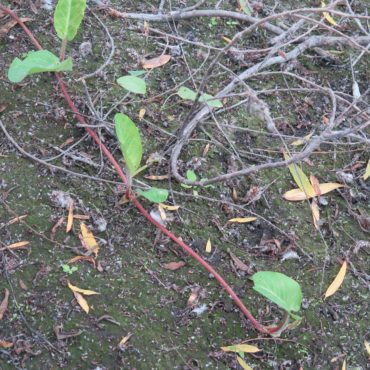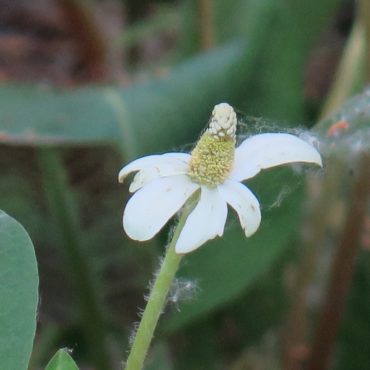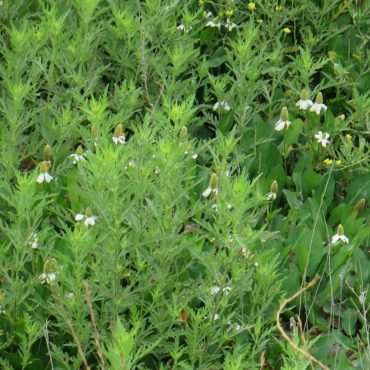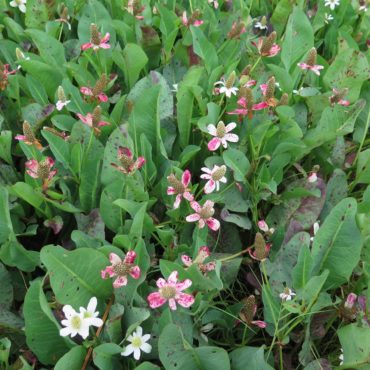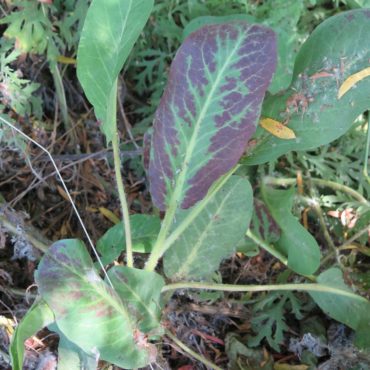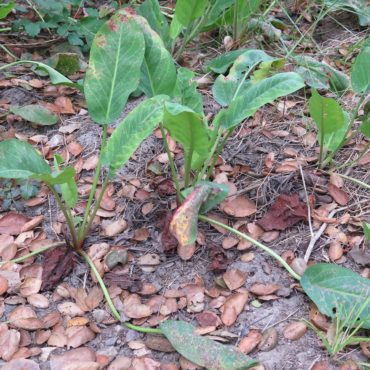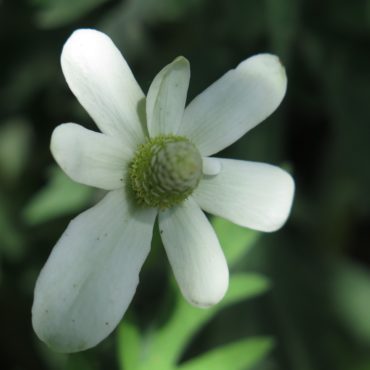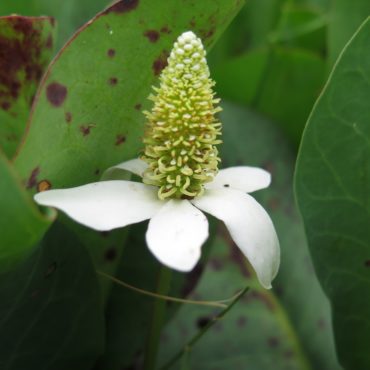Just as the fervid glow of the sun is beginning to transform the green
of our southern hill-slopes to soft browns, the still vividly green lowland
meadows suddenly bring forth myriads of white stars, which in their
green setting become grateful resting-points for the eye.
(Parsons, 1914 )
First published in 1895, Parsons 399 may have been the first book on California wildflowers written for the general public. Today there are a multitude of such books.They have become more terse, packed with information on distribution and ecology and systematics. But the plants haven’t changed. Parsons often lets the plants speak for themselves; the language is a bit old-fashioned now, the prose more leisurely, but the imagery is no less accurate.
These are the blossoms of the famous yerba mansa of the Spanish-Californians.
Among these people the plant is an infallible remedy for many disorders,
and so highly do they prize it that they often travel or send long distances for it.

